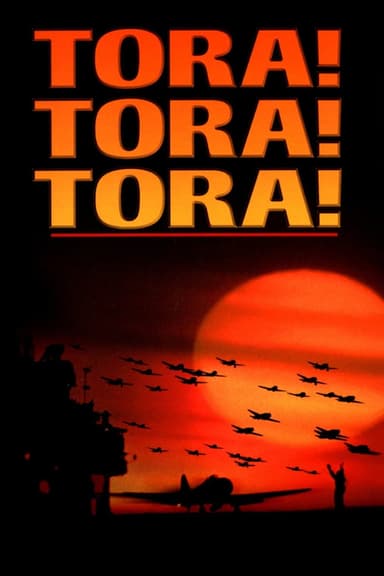
The Guns of Navarone
1961 • Action, Adventure, Thriller, War • NR
A team of allied saboteurs are assigned an impossible mission: infiltrate an impregnable Nazi-held island and destroy the two enormous long-range field guns that prevent the rescue of 2,000 trapped British soldiers.
Runtime: 2h 40m
Why you should read the novel
If you truly want to experience the heart-pounding suspense and pulse-quickening action of The Guns of Navarone, immerse yourself in Alistair MacLean’s original novel. The book offers not just gripping scenes of daring sabotage, but delves deeper into the minds and emotions of a uniquely assembled team of Allied commandos. MacLean’s masterful prose, rich with tension and atmospheric detail, brings the perilous Greek landscape and the ever-present threat of betrayal to life with unmatched authenticity.
Reading the novel allows you to better understand the psychological struggles, shifting loyalties, and moral ambiguities confronting each character. You'll unravel hidden motivations and personal histories that the movie touches on only briefly or omits altogether. This depth of characterization, paired with MacLean’s vivid descriptions, transforms the story into a far more personal and immersive wartime journey than film alone can provide.
Furthermore, the book’s pacing and structure are carefully crafted to maximize suspense and surprise. MacLean’s literary techniques—unpredictable twists, slow-building tension, and clever reveals—make the reading experience uniquely engaging. Embracing the novel means plunging into a layered world of danger, sacrifice, and camaraderie, offering rewards far beyond what can be shown on screen.
Adaptation differences
One major difference between the novel and the film is the portrayal and development of the characters. In the book, each commando is given more psychological depth and backstory, making their motivations and interactions richer and more complex. For instance, the relationships among Mallory, Andrea, and the other team members are more nuanced in the novel, with deeper exploration of doubts, mistrust, and internal conflicts, while the movie tends to focus more on outward heroism and streamlined interpersonal dynamics.
Another significant change lies in the plot structure and certain key events. The film introduces new female characters and subplots—such as the roles played by Maria and Anna—who are either minor or absent in the novel. Their involvement in the mission adds interpersonal drama and romantic tension in the movie, whereas the book maintains a stricter focus on the military operation, with fewer distractions from the core sabotage storyline.
The resolution of the mission and how the commandos overcome the obstacles also differs. The film heightens the suspense and spectacle, altering or condensing some of the technical details of the commando mission for cinematic effect. In contrast, the novel presents more realistic challenges and solutions, rooted in MacLean’s meticulous attention to military detail and the plausibility of the operation.
Lastly, the themes and tone diverge in subtle but important ways. The book is grittier and more grounded in portraying the emotional and ethical toll of war—exploring issues like fear, loyalty, and the burden of leadership. The film, while certainly dramatic, tends to emphasize action, spectacle, and the triumph of the human spirit, often glossing over the darker, more ambiguous elements that make the novel a powerful meditation on the costs of war.
The Guns of Navarone inspired from
The Guns of Navarone
by Alistair MacLean











